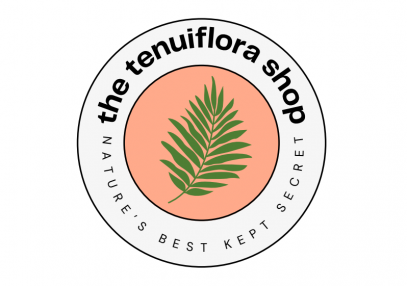Natural dyeing is equal parts art and science. While nature provides the pigments, how they bond with fabric and how the colors ultimately develop depend on variables like pH, mordants, heat, and even water chemistry. If you’ve ever asked yourself “why is my mimosa hostilis dye brown?”, you’re far from alone.
In this comprehensive guide, we’ll uncover why this fascinating plant sometimes produces muddy or brown hues, how to fix it, and how to achieve the brilliant pinks and purples that mimosa hostilis is famous for.
Understanding Mimosa Hostilis as a Natural Dye
Mimosa hostilis root bark is loved among natural dyers because it can produce:
- Soft blush pinks
- Light mauves
- Deep purples
- Rich reddish browns
However, achieving those specific tones requires the right technique. If you’ve ever been disappointed with the color and asked yourself “why is my mimosa hostilis dye brown?”, your process probably needs small adjustments.

Main Reason Why Mimosa Hostilis Dye Turns Brown
1. pH Levels are Too High
This is the number one reason natural dyers ask, “why is my mimosa hostilis dye brown?”
- Acidic pH (4-5): Produces light pinks and delicate mauves.
- Neutral pH (6-7): Produces dusty rose and purple tones.
- Alkaline pH (8+): Pushes the color toward brown, dark purple, or even muddy shades.
Many people accidentally use tap water which is often alkaline. Without adjusting the pH, your dye bath may shift brown.
Solution: Use distilled water and add a small amount of vinegar or citric acid to lower the pH.
2. Overheating the Dye Bath
Too much heat breaks down the color compounds in mimosa hostilis root bark and often leads to darker or brownish tones.
Solution:
- Simmer gently at around 140–160°F (60–71°C).
- Never boil the dye bath.
- Slow extraction preserves the brighter pigments.
3. Over-Extraction (Steeping Too Long)
While it’s tempting to steep for hours for rich color, overdoing it can lead to the color becoming dull or overly dark.
Solution:
- Steep for no longer than 2 hours for brighter tones.
- For deeper colors, steep overnight but avoid high heat during this process.
4. Mordant Choice
Using iron as a mordant darkens color naturally. This could be why you’re asking, “why is my mimosa hostilis dye brown?”
Solution:
- Use alum for brighter, lighter colors.
- Avoid iron unless a deep purple or gray is desired.
5. Water Quality (Minerals and Impurities)
Hard water with minerals can shift color toward muddy hues.
Solution:
- Always use distilled or deionized water when working with natural dyes.
Best Practices to Avoid Brown Tones
- Use distilled water and acidify your dye bath.
- Avoid iron or copper mordants unless specifically desired.
- Simmer gently—never boil.
- Pre-mordant your fibers properly (alum preferred).
- Test small samples before committing to large batches.
If you are constantly asking, “why is my mimosa hostilis dye brown?” following these best practices will usually solve the issue.
Mimosa Hostilis: Embracing Its Full Color Spectrum
It’s important to note that brown is not necessarily bad. Mimosa hostilis offers a beautiful range of colors from light pinks to earthy browns. Many artisans love these natural hues for:
- Rustic, earth-toned fabric art.
- Naturally dyed home decor (pillow covers, curtains).
- Eco-friendly fashion collections.
If your goal is specifically soft pinks and purples, however, control of your process is critical.
Where to Buy Quality Mimosa Hostilis for Dyeing
Not all mimosa hostilis powders are created equal. Low-quality powders can result in:
- Unpredictable color shifts.
- Less vibrant hues.
- More frequent occurrences of brownish tones.
Shop premium Mimosa Hostilis Root Bark Powder here at Tenuiflora Shop:
- Ethically harvested
- Finely powdered for easy extraction
- Trusted by natural dye artisans around the world
External Resource for Botanical Background
Interested in the plant itself? Learn more about mimosa hostilis and its rich botanical history at Kew Gardens Plant Profile.
Final Thoughts
The next time you find yourself asking “why is my mimosa hostilis dye brown?”, know that the solution usually lies in fine-tuning your process. By paying careful attention to pH levels, temperature, mordant choice, and water quality, you can unlock the stunning pinks, mauves, and purples that mimosa hostilis is capable of producing.
Natural dyeing is not always predictable, but that’s part of the beauty. Each batch tells its own story, and with the right adjustments, you can take full control of your color palette.
Ready to perfect your dyeing craft? Start by using only the best mimosa hostilis root bark powder from Tenuiflora Shop and experiment with confidence today.
Tagged: why is my mimosa hostilis dye brown, natural dyeing, botanical dyes, mimosa hostilis dye troubleshooting, eco-friendly artisan dyeing, plant-based colors
